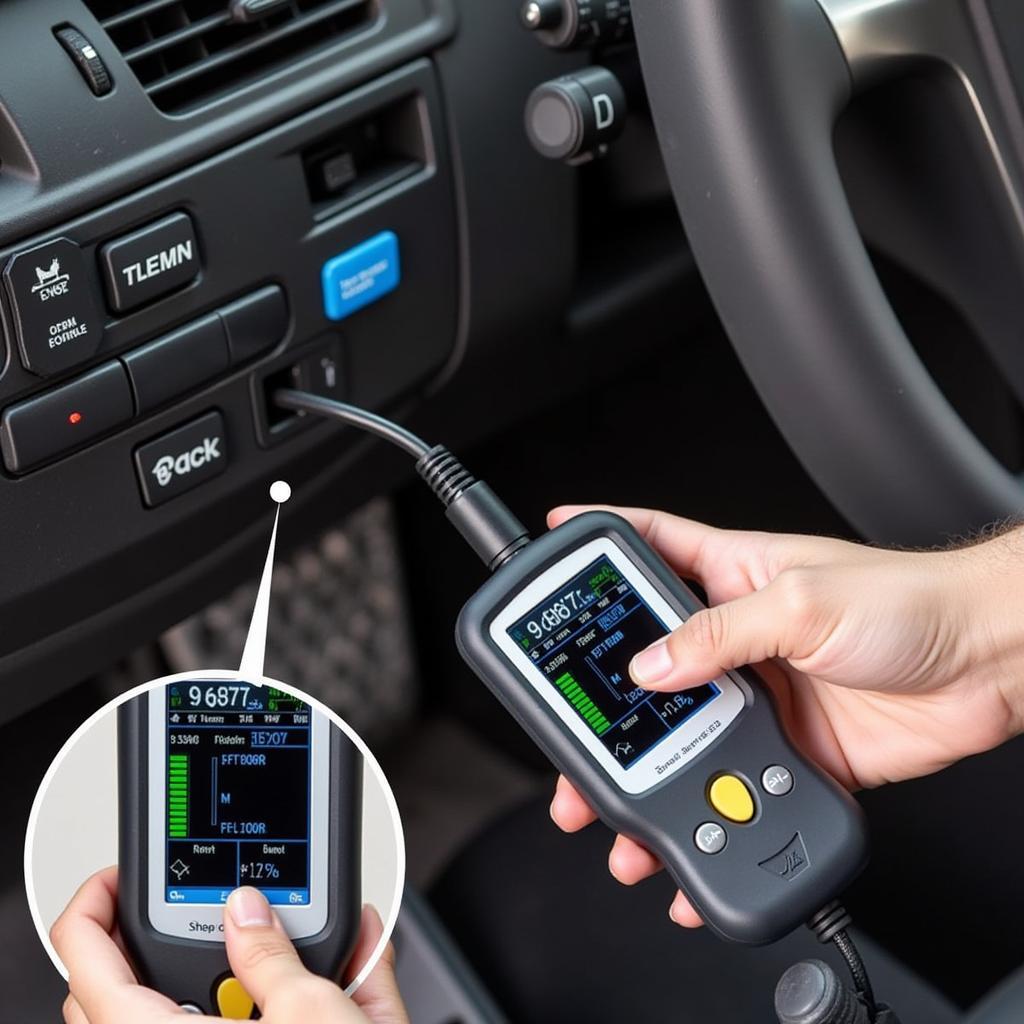Chiropractors are healthcare professionals specializing in diagnosing and treating musculoskeletal disorders, particularly those affecting the spine. Contrary to popular belief, their approach extends beyond manual adjustments. Modern chiropractors utilize various diagnostic tools to gain a comprehensive understanding of a patient’s condition and develop a targeted treatment plan. These tools aid in identifying the root cause of the problem, assessing the severity, and ruling out other potential medical conditions. This article delves into the world of chiropractic diagnostic tools, exploring their functions, benefits, and significance in providing effective patient care.
Types of Diagnostic Tools Used by Chiropractors
Chiropractors employ a range of diagnostic tools, each serving a specific purpose in evaluating a patient’s condition. These tools can be broadly categorized as:
1. Physical Examination Tools
These tools assist chiropractors in conducting a thorough physical examination, assessing range of motion, posture, muscle strength, and reflexes.
- Goniometer: This instrument measures the angles of joints, allowing the chiropractor to assess the range of motion and identify any limitations or restrictions.
- Reflex hammer: Used to test deep tendon reflexes, providing insights into the nervous system’s integrity and potential nerve root compressions.
- Posture grid: A visual tool that helps analyze a patient’s posture, identifying imbalances and deviations from the norm.
2. Imaging Techniques
Imaging tests provide visual representations of the internal structures of the body, enabling chiropractors to diagnose a wide range of musculoskeletal conditions.
- X-rays: Commonly used to visualize bones and identify fractures, dislocations, degenerative changes, and spinal misalignments.
- MRI (Magnetic Resonance Imaging): Provides detailed images of soft tissues, including muscles, ligaments, tendons, and intervertebral discs, helping diagnose herniated discs, spinal stenosis, and other conditions.
3. Neurological and Orthopedic Tests
These tests evaluate the function of the nervous system and musculoskeletal system, respectively.
- Nerve conduction studies: Measure the speed of nerve impulses, helping diagnose conditions like carpal tunnel syndrome and peripheral neuropathy.
- Electromyography (EMG): Records the electrical activity of muscles, aiding in the diagnosis of muscle diseases and nerve damage.
4. Other Diagnostic Tools
- Surface electromyography (sEMG): A non-invasive technique that measures muscle activity, often used to assess muscle imbalances and guide rehabilitation programs.
- Postural analysis software: Utilizes digital imaging and computer software to analyze a patient’s posture, providing objective measurements and tracking progress over time.
The Importance of Diagnostic Tools in Chiropractic Care
The use of diagnostic tools is integral to chiropractic practice, offering several benefits:
- Accurate Diagnosis: Diagnostic tools provide objective data and visual evidence, enabling chiropractors to make accurate diagnoses and develop effective treatment plans.
- Personalized Treatment: By understanding the specific cause and severity of a patient’s condition, chiropractors can tailor treatment approaches to address individual needs.
- Improved Patient Outcomes: Accurate diagnosis and targeted treatment lead to better patient outcomes, faster recovery times, and reduced risk of complications.
“Diagnostic tools have revolutionized the way we practice chiropractic care,” says Dr. Emily Carter, a leading chiropractor in Chicago. “They allow us to see beyond the symptoms and address the root cause of a patient’s pain or discomfort.”
FAQs About Diagnostic Tools Used by Chiropractors
1. Are chiropractic diagnostic tools safe?
Yes, the Diagnostic Tools Used By Chiropractors are generally safe. Imaging tests like X-rays use low doses of radiation, and other tools like goniometers and reflex hammers are non-invasive.
2. Do I need a referral for chiropractic diagnostic tests?
This depends on your insurance plan and the specific test required. It’s best to check with your insurance provider and the chiropractic clinic to determine if a referral is necessary.
3. How much do chiropractic diagnostic tests cost?
The cost of chiropractic diagnostic tests varies depending on the type of test, your location, and your insurance coverage.
4. When should I see a chiropractor for diagnostic testing?
If you are experiencing persistent back pain, neck pain, headaches, or other musculoskeletal issues, it’s advisable to consult with a chiropractor. They can determine if diagnostic testing is necessary to identify the underlying cause of your symptoms.
Conclusion
Diagnostic tools play a crucial role in modern chiropractic care, empowering chiropractors to accurately diagnose and effectively treat a wide range of musculoskeletal conditions. From physical examination tools to advanced imaging techniques, these tools provide valuable insights into a patient’s health, enabling personalized treatment plans and improved patient outcomes. If you are experiencing pain or discomfort, consider seeking the expertise of a qualified chiropractor who utilizes diagnostic tools to provide comprehensive and evidence-based care.
For any questions or to schedule a consultation, please contact ScanToolUS at +1 (641) 206-8880 or visit our office at 1615 S Laramie Ave, Cicero, IL 60804, USA.


